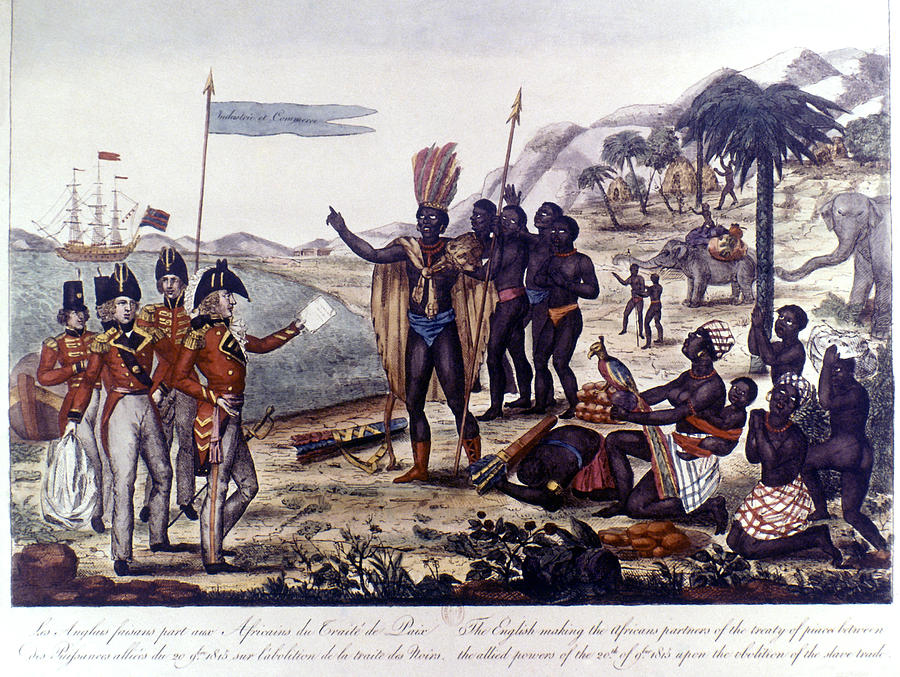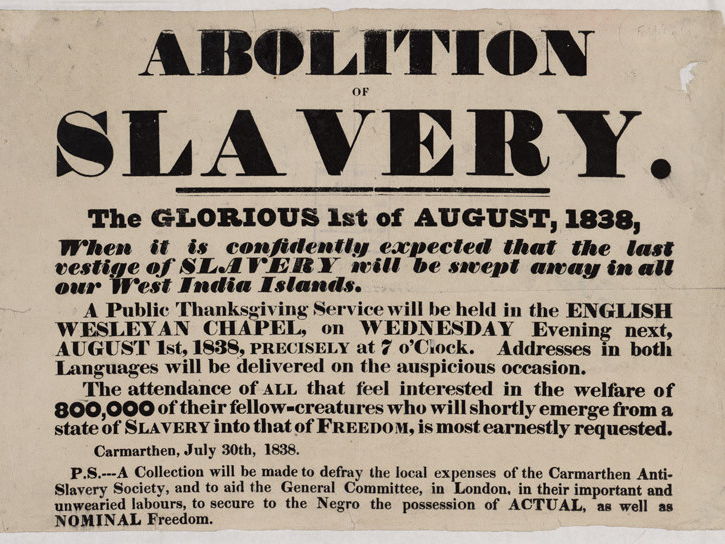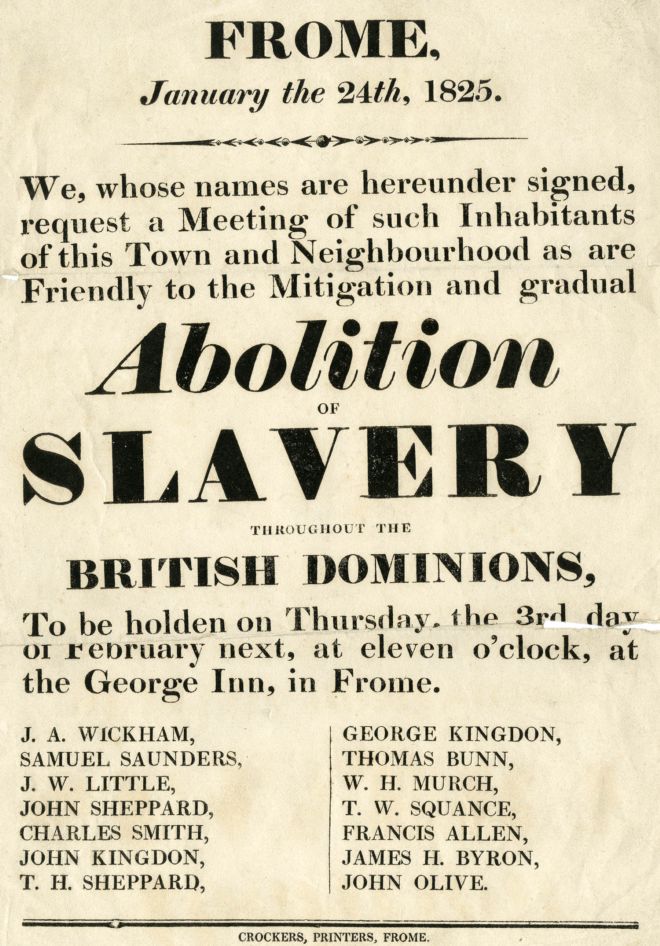The US abolition of slavery is one of the most pivotal moments in American history, reshaping the nation's social, political, and economic landscape. It marked the end of a dark chapter where millions of African Americans were subjected to inhumane treatment. This historical event continues to influence modern discussions about equality and justice.
The movement to abolish slavery was not just a legal or political effort; it was a moral and ethical battle fought by countless individuals who believed in the inherent dignity of all human beings. The abolitionist movement, which gained momentum in the early 19th century, challenged the deeply ingrained institution of slavery that had been a cornerstone of the American economy.
Today, understanding the US abolition of slavery is more relevant than ever. It serves as a reminder of the struggles and sacrifices made by those who fought for freedom and equality. This article delves into the historical context, key figures, and the lasting impact of this monumental event, providing valuable insights for readers interested in this critical period of American history.
Read also:Mermaid Names And Meanings
Table of Contents
- Introduction
- Historical Background
- The Abolitionist Movement
- Key Figures in the Abolition of Slavery
- The Emancipation Proclamation
- The 13th Amendment
- The Post-Abolition Era
- Impact on American Society
- Modern Relevance of the Abolition of Slavery
- Conclusion
Historical Background
The roots of slavery in the United States can be traced back to the early 17th century when the first African slaves were brought to the British colonies. Over time, slavery became an integral part of the Southern economy, particularly in the production of cotton, tobacco, and other cash crops. By the early 19th century, the divide between the industrialized North and the agrarian South deepened, with the North increasingly opposing slavery on moral grounds.
Several factors contributed to the growing tension over slavery, including:
- Economic disparities between the North and South
- Moral and ethical debates about human rights
- The expansion of territories and the question of whether new states would allow slavery
These issues eventually led to the Civil War, which became the backdrop for the eventual abolition of slavery.
The Abolitionist Movement
Origins of the Movement
The abolitionist movement emerged in the early 19th century as a response to the growing awareness of the injustices of slavery. Advocates for abolition sought to end slavery through legislative action, public advocacy, and sometimes radical measures. Religious groups, particularly Quakers and Evangelicals, played a significant role in promoting the cause.
Key Strategies
Abolitionists employed various strategies to advance their cause, including:
- Publishing anti-slavery literature
- Organizing public lectures and debates
- Providing legal assistance to escaped slaves
The movement gained momentum as more people became aware of the atrocities of slavery, leading to increased pressure on lawmakers to take action.
Read also:Tracey Morgan Net Worth
Key Figures in the Abolition of Slavery
Frederick Douglass
Frederick Douglass was one of the most prominent figures in the abolitionist movement. Born into slavery, he escaped to freedom and became a powerful advocate for civil rights. His speeches and writings exposed the brutal realities of slavery and inspired countless others to join the fight for freedom.
Harriet Tubman
Harriet Tubman was another key figure in the abolitionist movement. Known for her work with the Underground Railroad, she helped hundreds of enslaved individuals escape to freedom. Her courage and determination made her a symbol of resistance and hope.
The Emancipation Proclamation
Issued by President Abraham Lincoln on January 1, 1863, the Emancipation Proclamation declared that all enslaved people in Confederate-held territories were to be set free. Although it did not immediately end slavery everywhere, it marked a significant turning point in the Civil War and shifted the focus to the abolition of slavery as a war aim.
The 13th Amendment
The 13th Amendment to the United States Constitution, ratified on December 6, 1865, officially abolished slavery throughout the country. This landmark legislation ensured that no person could be held in slavery or involuntary servitude, except as punishment for a crime.
The Post-Abolition Era
Reconstruction Period
Following the abolition of slavery, the United States entered a period known as Reconstruction. This era was marked by efforts to rebuild the South and integrate newly freed African Americans into society. However, it also faced significant challenges, including resistance from former slaveholders and the rise of discriminatory laws known as Jim Crow laws.
Challenges and Achievements
Despite the challenges, the post-abolition era saw significant achievements, including:
- The establishment of schools and universities for African Americans
- Increased political participation through voting rights
- Advancements in civil rights legislation
Impact on American Society
The abolition of slavery had a profound impact on American society, influencing everything from economic structures to social interactions. It laid the foundation for future civil rights movements and continues to shape discussions about race and equality today.
Modern Relevance of the Abolition of Slavery
The legacy of the US abolition of slavery is still felt in modern times. It serves as a reminder of the importance of fighting for justice and equality. Many contemporary issues, such as systemic racism and economic inequality, can be traced back to the legacy of slavery and its abolition.
Conclusion
In conclusion, the US abolition of slavery was a transformative event that reshaped the nation's history. From the early abolitionist movement to the ratification of the 13th Amendment, this period was marked by courage, determination, and sacrifice. Understanding this history is essential for addressing the challenges of today and building a more equitable society.
We invite you to share your thoughts and insights in the comments below. Additionally, feel free to explore other articles on our site that delve deeper into related topics. Together, we can continue the conversation about history, justice, and progress.
Data Sources:



